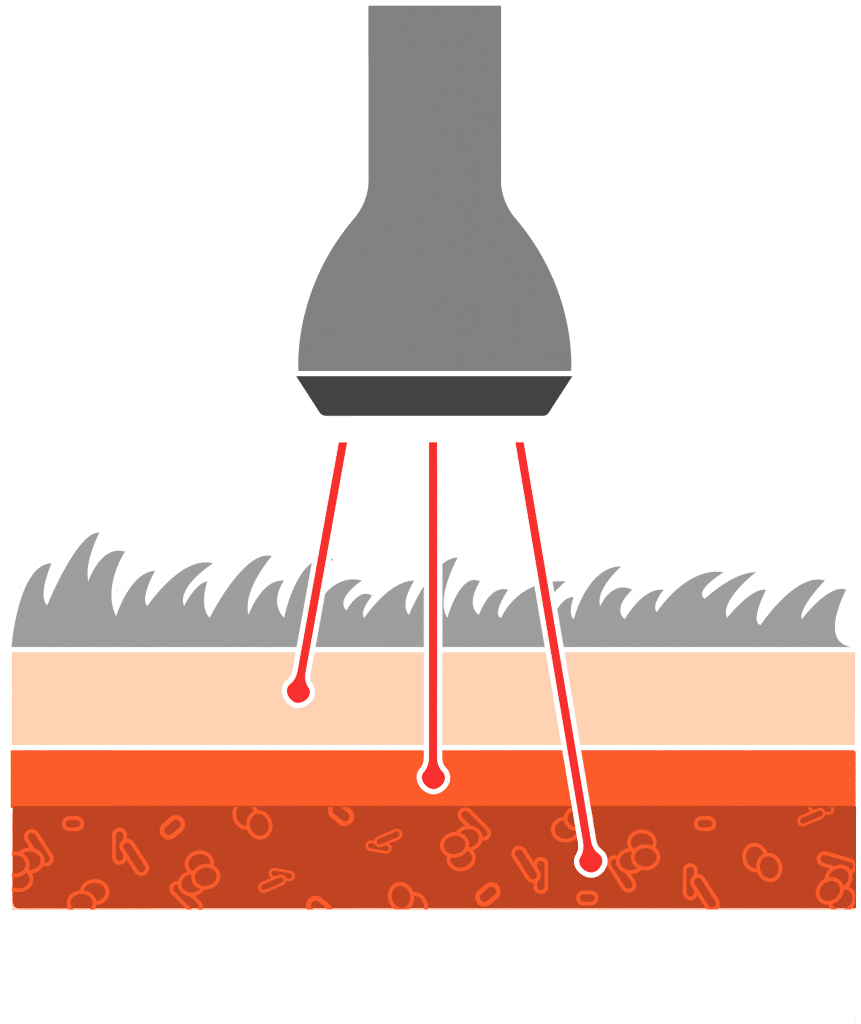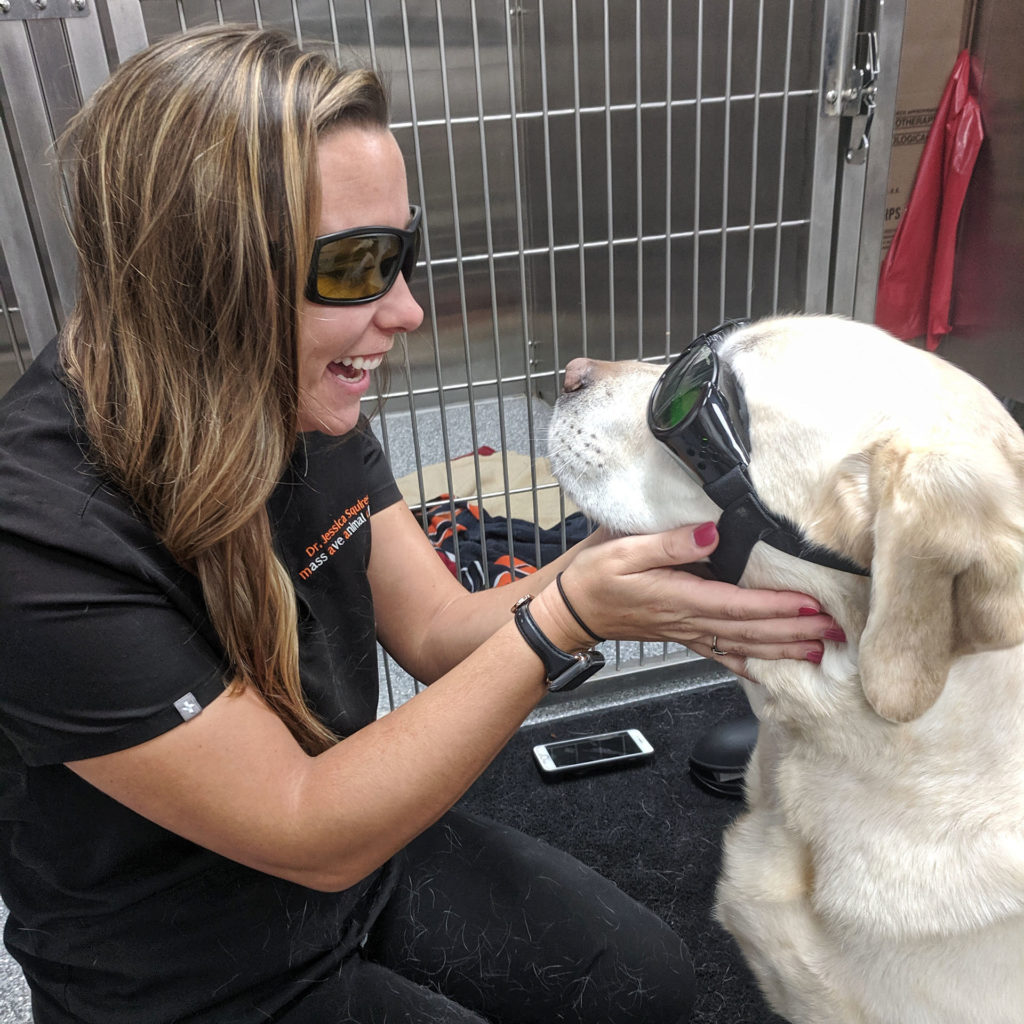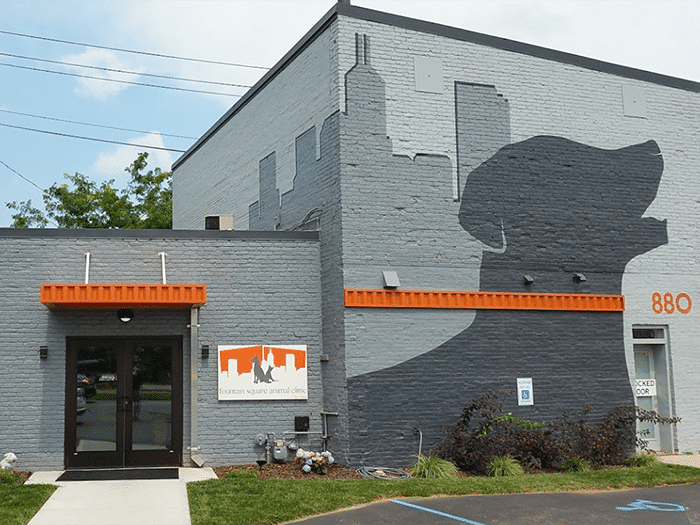
Cold Laser Therapy
What is Cold Laser Therapy?
Cold Laser Therapy (CLT) is also sometimes referred to as Photobiomodulation (PBM) Cialis drug over the counter Therapy, Low Level Laser (LLL) Therapy, or Soft Laser Therapy.

The goal of laser therapy is to deliver light energy units from red and infrared laser radiation, called photons, to damaged cells. When a sufficient dose of light energy reaches a targeted tissue area a photochemical reaction occurs.
The consensus of experts is that photons absorbed by the cells through laser therapy stimulate the mitochondria to accelerate production of ATP (adenosine triphosphate). This biochemical increase in cell energy decreases inflammation and pain, as well as accelerates the healing process.
Laser therapy reduces pro-inflammatory mediators, suppresses nociceptors (sensory receptors for painful stimuli), accelerates cellular growth, and stimulates antibodies (immunoglobins), immune cells (lymphocytes), and collagen growth.
All that to say, laser therapy promotes healing in a big way!
What can Cold Laser Therapy be used to treat?
Cold Laser Therapy effectively treats a wide variety of conditions including pre-surgical, post-surgical, acute, and chronic disease states. It can also be a versatile and trustworthy addition to existing treatments.
| Abscesses | ACL Injuries | Acne |
| Acute Nephritis (inflammation of the kidneys) |
Anal Sacculitis (inflammation of the anal glands) |
Arthritis |
| Asthma | Back Pain | Bicep Injury (bursitis / tendonitis) |
| Bruising | Burns | Cauda Equina Syndrome (spinal nerve issue) |
| Cervical Intervertebral Disc Disease |
Chronic Neurological Conditions | Cruciate Ligament Injury |
| Cystitis (Bladder inflammation / infection) |
Degenerative Joint Disease | Ear Disorders |
| Elbow Displasia | Geriatric Disorders | Gout |
| Hematomas | Hip Displasia | Hot Spots |
| Infections (Viral + Bacterial) |
Mastitis (inflammation of mammary gland) |
Muscle + Ligament Disorders |
| Neck Pain | Neurological Disorders | Oral Cavity Disorders |
| Orthopedic Disorders | Otitis (ear infections) |
Palliative Care (pain relief / hospice care) |
| Pancreatitis | Paralysis | Parvovirus |
| Periodontal Disease (infection of the gums) |
Peripheral Nerve Injuries | Post – Surgical Pain Relief |
| Respiratory Disorders | Rhinitis / Sinusitis (nose inflammation) |
Skin Grafts |
| Snake Bites | Soft Tissue Trauma | Sprains + Strains |
| Stomatitis (mouth inflammation) |
Swelling | Tendon / Ligament Injury |
| Trauma | Urinary System Infections + Disorders |
When will I see results?
Ultimately, your veterinarian can determine how long it may take to notice changes. The timeline of results depends on the kind of injury or condition being treated. Typically, more acute pains take a shorter amount of therapy sessions while chronic, long-term issues require more long-term laser sessions.
For example, you might see noticeable changes within 3 to 5 sessions for acute injuries like trauma, bite wounds, or neck pain. Chronic conditions like arthritis, hip dysplasia, or neurological disorders may take 8 to 10 sessions, or more, to see improvements. While laser therapy is a safe and reliable treatment option to promote healing for chronic conditions, it requires a certain level of commitment. Experiencing the full benefits of laser therapy can depend on consistent therapy appointments.
Does it work?
The Efficacy of Cold Laser Therapy
Cold laser therapy is a relatively new technology compared to many alternative therapies like acupuncture (which has been used since 8000-3500 B.C.), chiropractic (since 1895), and physical therapy. The first cold laser was cleared by the FDA in 2001 and over 4,000 studies have been conducted in recent years to validate their effectiveness.
Case Studies
Interventional and case reports confirm positive therapeutic outcomes in multiple clinical indications.
“Low level laser therapy (LLLT) has been investigated and applied clinically for more than 30 years. Many studies demonstrate the safety and efficacy of LLLT. A systematic review of 11 trials that included 565 patients demonstrated that LLLT used in a specific dose range significantly reduced pain in chronic joint disorders.”
Pryor, Brian A. “Class IV Laser Therapy: Interventional and Case Reports Confirm Positive Therapeutic Outcomes in Multiple Clinical Indications.” 2009. Pg 1; Par 3.
“We haven’t stopped Titan’s aging process,” Godbold says. “We didn’t expect to. But we do take pleasure in laser therapy having put a little shine on his golden years.”
“It was amazing,” she said. “The relief was almost instant, and you could see Petey relax as he felt the warmth. The main thing I remember about the experience was how quickly it worked and how surprised we were.”
“Mayo was extremely pleased to see Diamond respond so well. ‘After two days she was trying to run and jump,” Mayo said. “After six days it was all I could do to hold her back.’ “

Reasons to give Cold Laser Therapy a try:
- non-invasive
- drug-free
- less than 10 minutes per area to administer
- non-toxic
- easy to apply
- no side-effects or pain
- cost effective
- works synergistically with medications and treatments
- non-addicting
- highly effective (90% efficacy)
- one word: doggles
How do I get started?
If your veterinarian believes laser therapy is an appropriate treatment for your pet, it can be prescribed at their yearly or biyearly appointment. Your vet will determine the number and frequency of laser therapy sessions and refer you to our Fountain Square location for treatment.
Our Fountain Square team is trained to administer the correct strength and dosage of laser therapy based on a number of variables, such as weight, health condition, and even fur color.

Questions?
Call our Fountain Square clinic at (317) 982-5947!
880 Virginia Ave, Indianapolis, IN 46203
